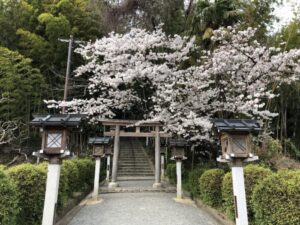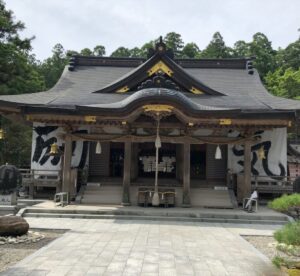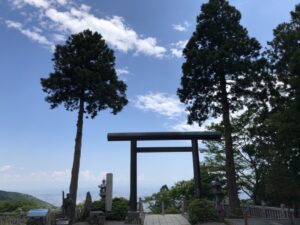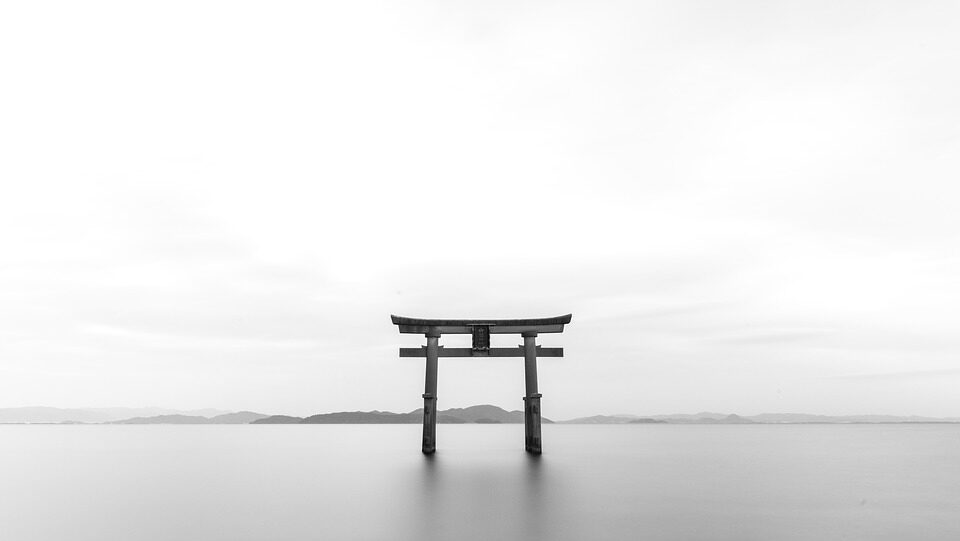【What is “Shinto(神道)”?】Its philosophy and how it differs from Buddhism.
In this article, I will write about “Shinto(神道)”.
It is a faith that is absolutely necessary to know in order to understand Japanese culture.
In addition, Buddhism also coexists in Japan, so it is difficult to understand Japanese religion.
Therefore, in this article, I have summarized the differences between Shinto and Buddhism, as well as Shinto’s philosophy and ideas.
目次
What is “Shinto(神道)”?
To begin with, what is “Shinto”?
Many of you may have some idea that it is something related to Shinto shrines, but it may be difficult to answer the question, “What is it?
Shinto is an ethnic religion unique to Japan.
Shrines built all over Japan are shrines enshrining Shinto deities, in other words, they are considered as “homes of the gods”.
Although the word “religion” may cause some people to shy away from it, it is undeniable that Japan has continued to the present day with the idea of Shinto, and this idea is deeply ingrained in the ethnicity of the Japanese people.
Although Shinto is not considered the state religion (state-protected religion) of modern Japan because the Constitution of Japan enshrines freedom of religion, there can be no mistake in understanding it as an idea that is fundamental to Japanese culture and history.

Philosophy and characteristics of “Shinto”
Even though Shinto is a religion, there are many characteristics that make it quite different from Christianity and Buddhism and so on.
First of all, Shinto can be called a “great nature worship religion”.
We have all heard of the term “eight million gods=Yaoyorozu-no-kamigami(八百万の神々)”.
This is the idea that each and every natural object has a deity, and that there are as many as eight million (not an actual number, but the meaning of “many”).
This is the very idea of Shinto, which believes that God dwells in all of nature.
In other words, nature itself is the object of worship.
Perhaps because of this, Shintoism has different characteristics from other religions.
1) There is no founder of a religious sect.
2) No doctrines or precepts
3) No idols.
4) There is no organization.
And so on.
Let’s look at them in order.
1)There is no founder of a religious sect.
It is said that Jesus gave the teachings of Christianity, Buddha of Buddhism, and Muhammad of Islam, but there is no such person in Shinto.
The reason why there is no founder of a religious sect is because nature itself is the object of worship, so it can be said that “nature is that.
Shinto can be said to have been nurtured by the people who lived on the land of Japan in the course of their daily lives, leaving no name behind.
2)No doctrines or precepts
This is surprising, isn’t it?
In Shinto, there is no doctrine, no scripture, and no precepts or rules to follow.
The Kojiki(古事記) and Nihonshoki(日本書紀) are neither doctrinal nor sacred books, and although there are teachings of each Shinto thinker and shrine, there is no overall Shinto teaching.
Since there is no doctrine, of course, there are no precepts or disciplines.
The reason why there is no such thing is probably because the Shinto way of thinking, that words written by humans are only small compared to nature, has been carried out.
3)No idols.
In Shinto, there are no idols to represent gods.
There are many other religions that do not have idols, but the reason Shinto does not have idols is based on the idea that forms and bodies are only temporary.
The objects of worship in Shinto include the shintai, or the hall of worship of a shrine, but they are considered to be temporary objects such as katashiro(形代).
Originally, there was no such thing as a shrine, and the deities actually lived in a high place, not in the human world.
4)There is no organization.
With regard to Shinto, there is no such thing as a national or social scale organization.
In the Meiji era (1868-1912), the state came to control Shinto, and after the defeat of the war and the disappearance of the State Shinto, there are many shrines that do not belong to the Union of Shrines, even though they remain.
From the above, we can see that Shinto is a religion that has “almost nothing” of many things that other religions have.

“almost nothing” Shinto
Shinto, which has “almost nothing” that a religion should have, is sometimes said not to be a religion at all.
However, there are some teachings that emerge from Shinto because of its “almost nothing”.
It is the expression of awe and gratitude for nature.
Compared to the great nature, human beings are but a tiny existence.
The ancient Japanese must have felt the divinity of Japan’s abundant nature and created Shinto.
I can’t help but think that the humble positioning of human existence and the idea of faith can be seen in the Japanese character that remains even today.
I love the humble attitude of Shinto.
However, the fact that Shinto is a religion that is “almost nothing” may have made it difficult for people to understand Shinto, or it may have made the Japanese an unusual people in that most of them say they have no religion.

What is the difference between Shintoism and Buddhism?
Some people often mix Shinto with Buddhism.
It is not hard to understand why they cannot distinguish between the two, since Shinto shrines and temples are the center of Japan’s historical architecture.
To put the difference in a few simple words, Shinto is the worship of God and Buddhism is the teaching of Buddha.
In a more crude way, we might say “Shinto = God” and “Buddhism = Buddha”.
Shinto is a religion unique to Japan, while Buddhism was introduced from abroad.
In other words, Shinto and Buddhism are two different things, and “shrines, which are the homes of Shinto deities,” and “temples, which are Buddhist institutions,” are totally different things.
However, the situation is quite complicated because the architecture of shrines was originally influenced by Buddhist temples, and there is a history of Shinto/Buddhist syncretism, in which God and Buddha were considered to be the same.

To understand Japan, one must know Shinto
In this issue, “What is Shinto?” summarized the following information.
How was it?
If you read this article, you will see that Shinto, the faith, is something you must know in order to understand Japan.
However, the content of this article is not exhaustive, as religious thought varies considerably from sect to sect.
